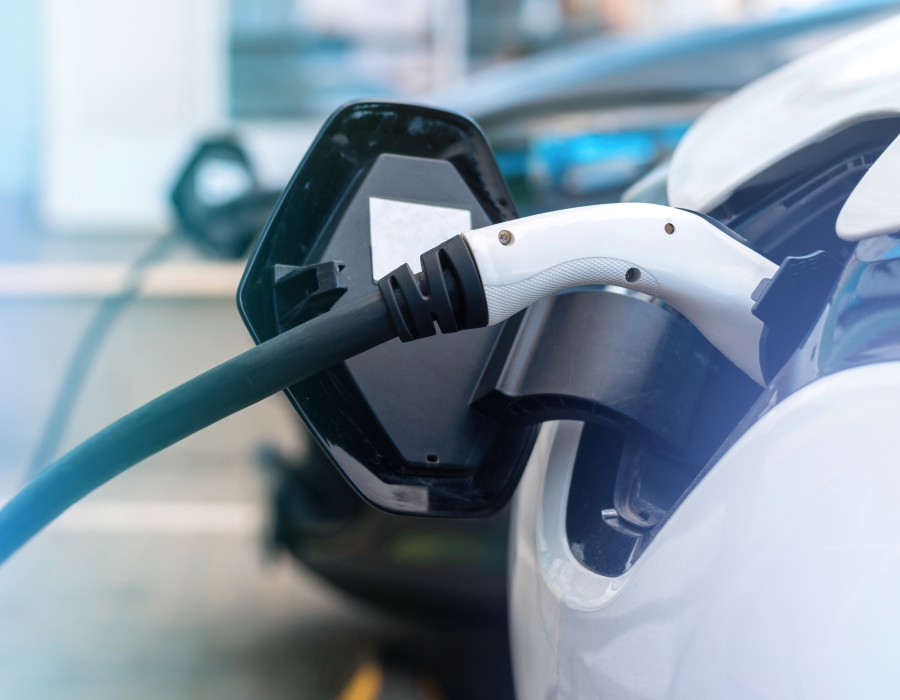In a world striving for sustainability, electric vehicles (EVs) are revolutionizing the way we think about transportation. As EVs surge in popularity, the development and implementation of EV chargers and charging stations have become crucial in supporting this eco-friendly transition. This article delves into the importance of these charging infrastructures and explores how they are shaping the future of travel.
The Importance of EV Chargers in Today's Eco-Conscious World
Transitioning to Electric Vehicles
The global push towards reducing carbon footprints and combatting climate change has placed electric vehicles at the forefront of automotive innovation. However, the success of this green revolution depends largely on the availability and accessibility of EV chargers. Without a robust network of charging stations, the transition to electric transportation would face significant hurdles.
Fueling the Electric Revolution
EV chargers are the lifeline of electric cars, freeing them from the limitations of battery life. These devices come in various levels and types, each designed to meet different usage demands. Level 1 chargers offer a standard slow charge, whereas Level 2 chargers provide a faster charging option suitable for both home and public use. For those on the go, Direct Current Fast Chargers (DCFC), also known as Level 3 chargers, can bring an EV’s battery from zero to eighty percent in as little as 30 minutes.
The Growth of EV Charging Stations: From Concept to Concrete
Building Infrastructure for Tomorrow
The expansion of EV charging infrastructure is critical to the widespread adoption of electric vehicles. Governments and private companies worldwide are investing in the installation of charging stations in urban centers, highways, and residential areas. These dedicated points are not just a sign of progress but are instrumental in ensuring that EV users can confidently travel without the anxiety of running out of power—commonly known as "range anxiety."
Leading by Example – Global Initiatives
Several countries are leading by example, showcasing how investment in EV charging stations can facilitate the transition to electric transportation. In Norway, for example, a comprehensive network of charging stations, along with generous government incentives, has resulted in over half of new car sales being electric. Similarly, China has embarked on an aggressive strategy to electrify its transport sector, boasting the world’s largest EV charging network.
The Role of EV Chargers in Urban Planning
Integrating Chargers into the Urban Landscape
Urban planners are increasingly considering EV charging solutions in modern cityscapes. From retrofitting parking lots with Level 2 chargers to integrating DCFC stations along transit routes, cities are reimagining infrastructure with EVs in mind. This integration not only encourages EV ownership but also promotes a greener urban environment.
The Challenges of Urban EV Charging Infrastructure
While the expansion of EV charging stations in cities is promising, it doesn't come without challenges. Issues such as power grid demand, spatial constraints, and equitable access need to be addressed. Solutions involve smart chargers that balance load distribution and partnerships to establish charging points in underserved areas.
The Technology Behind EV Charging Stations
Advancements in Charging Technology
Technological advancements are enhancing the efficiency and capability of EV chargers. Innovations like wireless EV charging and solar-powered stations are already in development, promising a future where charging your car could be as simple as parking it.
The Potential of V2G Technology
Vehicle-to-grid (V2G) technology presents another exciting frontier. V2G systems enable energy stored in an EV's battery to flow back into the power grid, offering a potential solution to energy supply fluctuations. This not only opens avenues for smart energy management but also empowers EV owners to become active participants in the energy market.
The Consumer Perspective: Accessibility and Affordability
Making EV Charging Convenient
To entice more consumers to make the switch to electric cars, developers and policymakers must focus on making EV charging as convenient as refueling a traditional car. This means an increase in the number of charging stations, but also a simplification of the payment and charging process. Innovations like mobile app connectivity for station finding and payment are already streamlining the user experience.
Overcoming the Cost Barrier
Cost can be a significant barrier to accessing EV charging facilities. While the price of charging at home may be relatively low, public station providers need to ensure that prices remain competitive. Government subsidies and incentives, as well as flexible pricing models, can go a long way in making EV charging accessible to a broader audience.
Looking Ahead: The Future of EV Chargers and Charging Stations
A Maturing Market Paves the Way for Innovation
As the market for EVs continues to mature, expect to see an increase in both the quality and quantity of charging options. More sophisticated and user-friendly chargers, coupled with an expansive network of stations, will pave the way for a seamless electric driving experience.
The Role of Policy and Community Engagement
Robust policies and active community engagement are paramount in driving the next phase of growth for EV charging infrastructures. By working with local communities, businesses, and governments, there's the potential to develop tailored solutions that fit the unique needs of different regions and demographics.
In Conclusion
The advancements in EV charging technology and the expansion of charging stations are not just responses to a fad but are foundational to a sustainable and electrically driven future of transportation. As these developments continue to gain momentum, the vision of a world where electric vehicles are the norm becomes increasingly attainable.
Conclusion
Electric vehicles are not mere commodities; they represent a shift towards an environmentally conscious approach to transportation. The role of EV chargers and charging stations in this transition cannot be overstated. Through continued innovation, strategic planning, and consumer education, we are setting the stage for a greener, electrified world. With every charger installed and every new station launch, we are powering our journey towards a more sustainable future—one electric vehicle at a time.





Comments